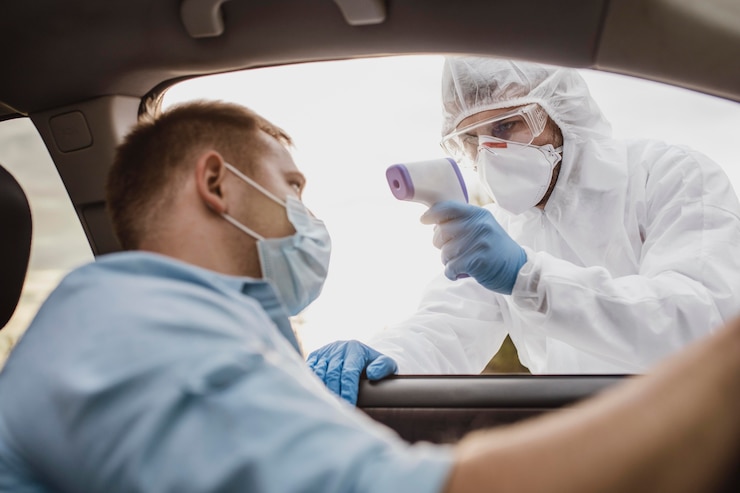
The United States has made significant progress in COVID-19 testing, including the availability of at-home options for those without symptoms. Still, there are times when you might need a test, especially if you’re feeling sick or working a public-facing job. Even though vaccines have reduced the impact of the virus, testing remains one of the best tools for preventing its spread. If you’re wondering where to find a testing location near you or when to get tested, here’s what you need to know.
Should You Get Tested for COVID-19?
Let’s say you work a physically demanding job, such as bartending, and one morning you feel unusually tired and notice you have a slight fever. Before the pandemic, these might not have raised much concern. However, in the COVID-19 era, even mild symptoms require caution. But how can you decide if it’s time to get tested?
Common Symptoms to Watch For
While not every illness is COVID-19, there are specific symptoms to watch out for, such as:
– Fever
– Cough
– Shortness of breath
– Chills
– Muscle pain
– Diarrhea
– Severe headache
– Sore throat
– Loss of taste or smell
If you’re experiencing any of these symptoms, you should consider getting tested, even if the symptoms are mild. Some people may also need an official diagnosis to access sick leave or other resources.
Other Situations That May Require Testing
COVID-19 testing isn’t just for people with symptoms. You should also get tested if:
– You’ve had mild symptoms and need an official diagnosis.
– You’ve been in close contact with a confirmed case.
– A contact tracer notifies you of potential exposure.
– You believe you’ve been exposed but are asymptomatic.
Where to Get Tested
If you’re dealing with possible COVID-19 symptoms, the first step is to contact your primary care doctor. They can evaluate your condition via a telehealth appointment and refer you to a local testing site. However, not everyone has access to a primary care physician or health insurance. If this applies to you, you can still find free or low-cost testing centers in your area.
Testing Steps for Symptomatic Individuals
If you don’t have a doctor but are experiencing symptoms, start by searching online for “COVID test near me.” Many testing locations don’t require a doctor’s referral but do require an appointment in advance. Quarantine yourself while waiting to be tested, especially if you’re unable to work from home.
Testing for Asymptomatic Individuals
If you’ve been exposed to the virus but don’t have symptoms, stay calm and follow guidelines. A contact tracer may advise you on next steps, including where to get tested. If you don’t have a doctor, book an appointment at a local testing facility as soon as possible. Getting tested is still necessary, even without symptoms, before returning to work or being around others.
What to Do After Getting Tested
Once you’ve been tested, it’s important to quarantine until you receive your results. Here’s what you need to know:
Quarantine Guidelines
If you suspect you have COVID-19, try to isolate yourself as much as possible. Avoid contact with family members, coworkers, or others while waiting for your test results. Thanks to improved testing infrastructure, most results are now available within one to two days. If your test is positive, follow the facility’s instructions and stay in isolation for at least ten days after symptoms first appeared, per CDC guidelines.
Be Responsible
It’s common for work-related pressure to make you feel like you need to push through an illness, but it’s critical to prioritize your health and the safety of others. If you have symptoms or know you’ve been exposed to COVID-19, avoid going into work or public settings. The law protects your right to avoid spreading the virus.
Testing Is More Accessible Than Ever
The challenges of last year taught us the importance of staying prepared. Fortunately, COVID-19 testing in the U.S. is now easier to access. If you suspect you’ve been infected, your first step should be to isolate and get tested promptly.
If you have a primary care provider, reach out for their instructions, or search online for nearby testing centers if you don’t. No matter your situation, there are options available to ensure you can get tested quickly and safely.